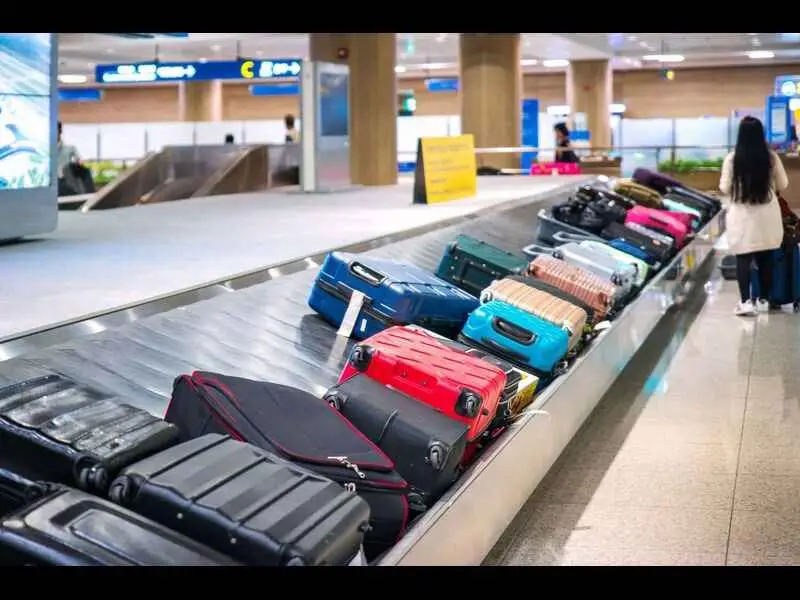If you are a frequent flyer in India, you may have experienced the frustration of waiting for your luggage at the airport. Sometimes, it can take up to an hour or more for your baggage to arrive at the belt area, especially if there are technical issues or congestion. This not only affects your travel plans, but also poses a security risk.To address this problem, the Bureau of Civil Aviation Security (BCAS), the security wing of the Civil Aviation Ministry, has issued a directive of Baggage Delivery Mandate to seven airlines in India to ensure faster and smoother baggage delivery at airports. The directive comes after months of monitoring baggage arrival times at six major airports in India.
What is the baggage delivery mandate?
According to the BCAS directive, the airlines have to ensure that the first checked-in baggage arrives at the belt area within 10 minutes of engine shutdown, and the last checked-in baggage arrives within 30 minutes of the same. This is in accordance with the Operation, Management and Delivery Agreement (OMDA) standards that govern the service quality requirements of airlines and airport operators.
The BCAS has given a deadline of 10 days, until February 26, 2024, for the airlines to implement these measures. The airlines that have been instructed to comply are Air India, IndiGo, Akasa, SpiceJet, Vistara, Air India Express Connect, and Air India Express.
The BCAS has also asked the airlines to ensure compliance with the mandated standards across all airports they operate in, not just the six major ones that were monitored. The six airports that were part of the review exercise are Delhi, Mumbai, Bengaluru, Hyderabad, Chennai and Kolkata.
Why is the baggage delivery mandate important?
The baggage delivery mandate is important for several reasons. First, it will improve the passenger experience and satisfaction by reducing the waiting time and inconvenience at airports. Second, it will enhance the operational efficiency and performance of airlines and airport operators by minimizing delays and disruptions. Third, it will improve the security and safety of passengers and their belongings by preventing theft, tampering or misplacement of baggage.
The BCAS has said that timely delivery of baggage will help “avoid congestion at airports and to have better security.” The civil aviation ministry has also said that it has been taking several steps to make air travel more seamless and hassle-free for passengers.
How will the mandate be enforced?
The BCAS has said that it will continue to monitor the baggage arrival times at airports and take necessary action against any non-compliance or violation of the mandate. The BCAS has also said that it will conduct surprise checks and audits to ensure adherence to the standards.
The civil aviation ministry has also said that it will review the performance of all airlines with respect to baggage delivery on a regular basis and publish a report card on its website. The report card will show the average arrival time of first and last baggage for each airline at each airport.
The BCAS directive is expected to bring a positive change in the air travel experience in India. However, it remains to be seen how effectively it will be implemented and enforced by the airlines and airport authorities.
Recent Blog : CBI’s Power Abuse in Chanda Kochhar Case: Bombay HC
